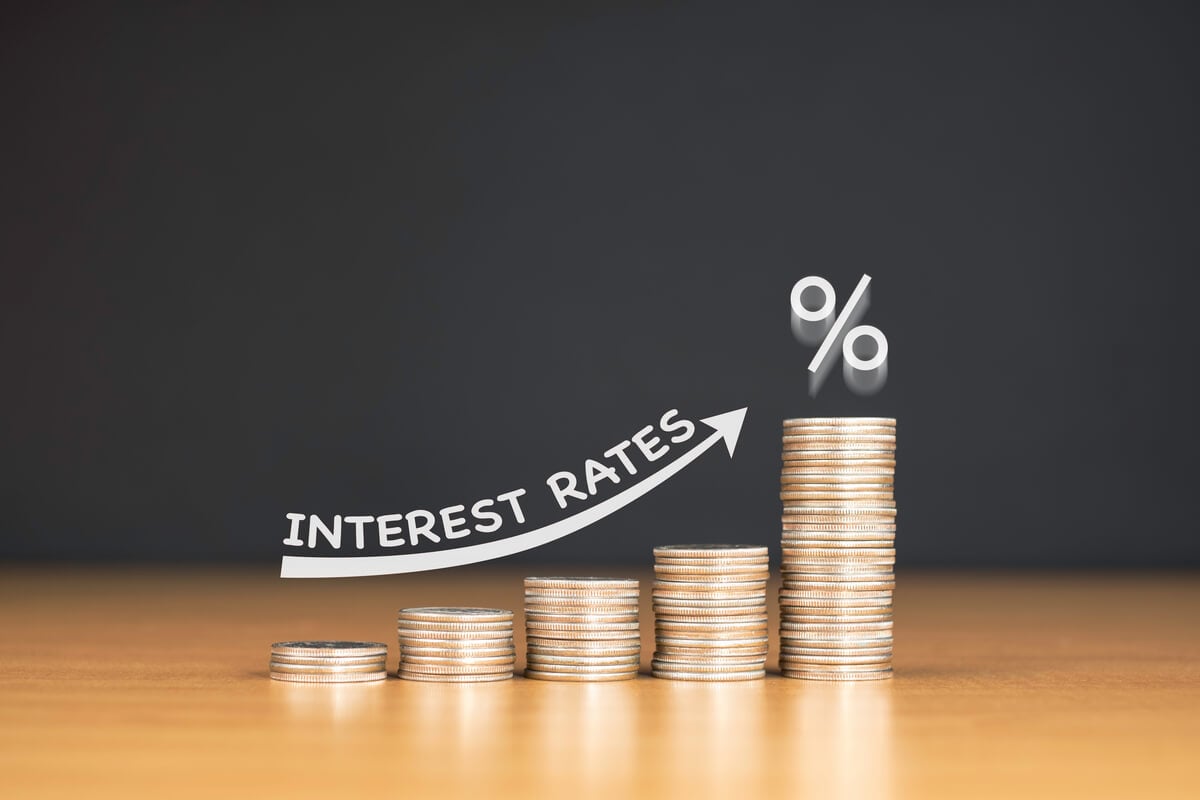This morning, I came across a headline that caught my attention:
"Limited Time Only — Special Rates as Low as 3.75%!"
If you're shopping for a new construction home in White House, TN or anywhere around Middle Tennessee, offers like this sound appealing. But when you look closer, the story changes. That 3.75% interest rate is tied to a 6.56% APR — and that difference matters more than many buyers realize.
In this article, I’ll break down what rate versus APR really means, explain how builders structure these deals, and show you how to protect yourself before committing to anything.
What’s the Difference Between Interest Rate and APR?
At a glance, “rate” and “APR” sound almost the same, but they’re very different — and understanding the difference can save you thousands.
The interest rate is the basic cost you pay to borrow money. It’s the percentage that determines your monthly mortgage payment for principal and interest. Builders and lenders love to advertise this number because it sounds attractive. The APR (Annual Percentage Rate), on the other hand, is the true cost of the loan once you factor in lender fees, points, and other closing costs, spread over the life of the loan.
APR doesn't directly affect your monthly mortgage payment, but it affects how much you’re really paying when you add in the costs buried into the loan. In this builder example, the advertised 3.75% rate looks great — but the 6.56% APR reveals the real cost once you account for all the additional fees.
Why Builders Can Offer Lower Rates (When Other Lenders Can't)
Builders can offer dramatically lower interest rates than retail lenders because they control more pieces of the transaction. They often inflate the home's purchase price slightly or allocate part of their profit margins to cover massive rate buydown costs. Many builders also own or closely partner with "preferred lenders," allowing them to heavily subsidize loans and offer rate promotions that normal lenders simply cannot match.
Another reason builders push these incentives so hard is that they are motivated to move inventory quickly. Sitting on unsold homes costs them a lot more in the long run than offering a big incentive upfront. Traditional lenders, who aren’t connected to the home’s sale, can only discount rates so much before it becomes unprofitable.
How to Calculate If Paying Points Is Worth It
Whenever a builder or lender offers a lower rate, it's smart to calculate whether paying extra upfront actually saves you money over time. The simple formula is this: divide the extra upfront costs by the amount you save each month on your payment. This tells you how many months it will take to "break even."
For example, if buying down your rate costs an additional $8,000 in closing costs and it saves you $257 per month on your payment, you would divide $8,000 by $257. That gives you roughly 31 months — or about 2.6 years — before the lower monthly payments actually recoup the money you spent upfront.
If you don't plan to stay in the home at least three years, you may lose money by buying down your rate. Many buyers today only stay in homes for five to seven years, so it’s important to weigh this carefully.
Permanent Rate Buydowns vs Temporary Buydowns
Not all buydowns are structured the same. A permanent rate buydown means paying points upfront to lower your interest rate for the entire loan term, but it often requires significant cash at closing — sometimes tens of thousands of dollars. This only makes sense if you know you’re going to stay in the home long-term.
A temporary buydown, such as a 2-1 buydown, offers a reduced payment for the first one to two years before adjusting to the normal rate. In today’s market, temporary buydowns are often a smarter move, especially if the seller or builder is willing to pay for it. You get the benefit of lower payments early on without draining your savings at closing.
How to Protect Yourself When Buying New Construction
If you're buying a new construction home in White House or anywhere in Middle Tennessee, make sure you look beyond the advertised interest rate. Always ask to see the Rate and APR side by side. Request a full Loan Estimate early in the process so you can see exactly what the fees are. Calculate the break-even point if you are being offered points to buy down your rate. Compare all builder incentives carefully — sometimes a “free” upgrade or closing cost assistance could be more valuable than a low advertised rate.
Most importantly, ask about temporary buydown options and whether the seller or builder is willing to cover those costs on your behalf. If they aren't, you need to calculate carefully whether the deal really benefits you.
Want to Learn Even More Before You Buy?
If you're serious about buying a home and want to be fully prepared, check out my buyer's guide:
How to Buy a House in 2025
It walks you through every step of the home buying process so you can make confident, informed decisions without getting caught off guard.
Final Thought
When you see a builder offering a 3.75% rate tied to a 6.56% APR, it means significant costs are hiding behind that low number. You're either paying those costs through higher closing costs, a higher purchase price, or by sacrificing negotiating leverage. The key is knowing where your money is going — and whether the tradeoff actually works for your long-term plans.
If you want help navigating builder offers and securing the right deal for you, schedule a consultation. I’ll help you walk through every number so you can buy your next home with confidence.
- A Housing Statistic You Can’t Ignore
- Does GDP Growth Impact Home Prices?
- What The 2025 Housing Market Means For Buyers And Sellers In Middle Tennessee
- How Do I Know What My House Is Really Worth Before I Sell?
- Don’t Be Fooled by “Special Builder Rates”: How Rate vs APR Really Works (And How to Protect Your Wallet)
Search
Recent Posts
Share My QR |
|
Success!





